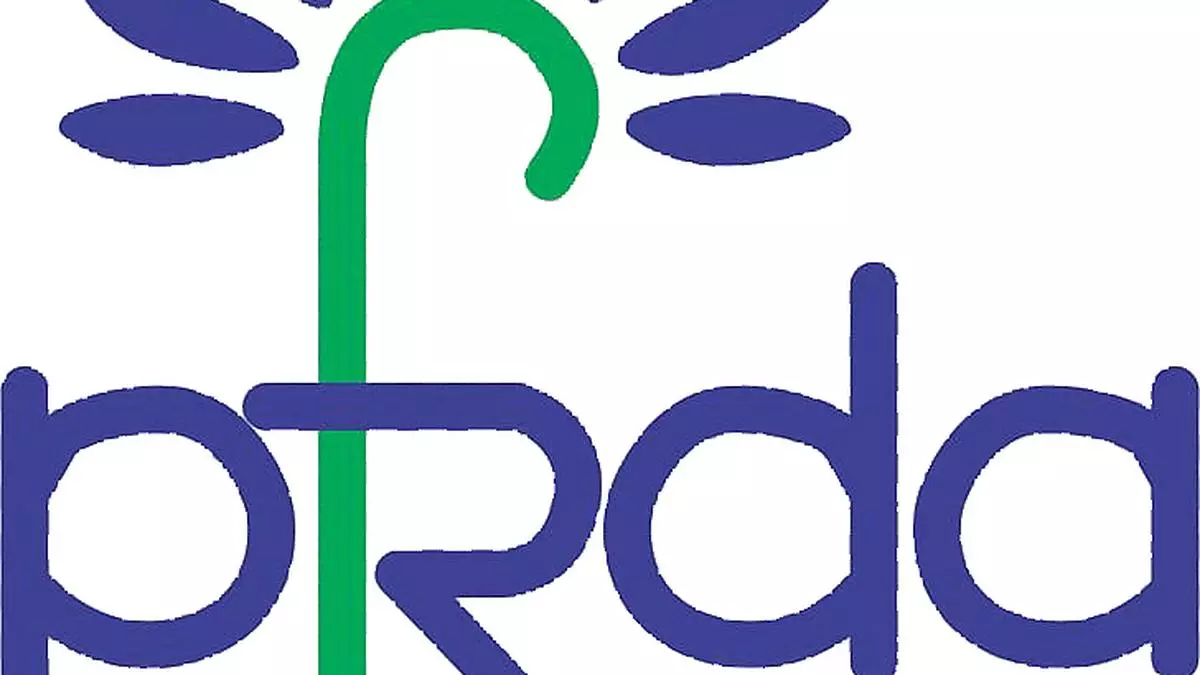Private sector fuels NPS surge with near 45% y-o-y jump in AUM as of Sept 28
Private sector NPS assets’ growth continue to be on a roll, clocking a near 45 per cent year-on-year growth as of September 28, 2024, at ₹2.70 lakh crore.
The number of NPS subscribers in the non-government sector (private sector) also saw an impressive growth of 21 per cent y-o-y to 60 lakh, showed latest data from the Pension Fund Regulatory and Development Authority (PFRDA).
The private sector’s strong growth of 45 per cent has substantially outpaced the government sector’s 29 per cent y-o-y growth, albeit on a much higher base. Government sector’s (Centre and State government) NPS assets touched ₹10.24 lakh crore as of September 28, PFRDA data showed.
The surge in private sector NPS assets highlights the rising appeal of NPS as a preferred retirement savings vehicle, say pension industry observers.
This steady increase in participation underscores the private sector’s ongoing recognition of NPS as a flexible, cost-effective, and tax-efficient solution for long-term financial planning, they added.
While corporate sector-related NPS accounted for ₹2 lakh crore AUM, the ‘All Citizen Model’ (basically individuals) had assets to tune of ₹69,892 crore.
The number of subscribers in the corporate sector (employees of companies who have signed up) stood at 21 lakh, while there are 38 lakh subscribers under the ‘All Citizen Model’.
The latest PFRDA numbers come on the heels of Finance and Corporate Affairs Minister Nirmala Sitharaman’s recent observation that private sector NPS has grown much faster between March 2020 to March 2024, at 25 per cent, as opposed to 8 per cent growth seen in the government sector.
Flexibility
One of the key attractions for this remarkable uptake from the private sector in recent years is the “flexibility” that NPS offers in choice of investment pattern for such subscribers. PFRDA had recently further widened the choice for non-government sector with the launch of Balanced Life Cycle Fund.
Unlike NPS for government sector, the scheme for non-government sector (all citizens and corporate NPS) allows contributors to choose their asset allocation between equity, government bonds, corporate bonds, and alternative investments, depending on their risk appetite.
This freedom appeals to a diverse range of private sector employees, from young professionals looking to maximise equity returns to risk-averse older employees preferring safer options. This flexibility also aligns with the changing financial mindset, as individuals increasingly seek personalised investment choices.
Easy on the pocket
Moreover, NPS stands out for its “cost-effectiveness”. With a low fund management fee of around 0.09 per cent, it is one of the most economical long-term savings instruments in India.
In comparison to other retirement schemes, such as mutual funds or Employee Provident Fund (EPF), the lower costs of NPS make it highly attractive to both employers and employees in the private sector. For employers, offering NPS as part of a retirement benefit package enhances the company’s appeal to top talent, while employees gain access to a tax-efficient, low-cost retirement vehicle, corporate observers said.
Equity returns sizzle
NPS scheme has generated competitive returns since its inception. For the government sector, NPS has given an average return of 9.5 per cent since inception. For the non-government sector, the equity scheme has given return of 14.5 per cent, corporate debt 9.1 per cent and government securities 8.9 per cent.
In the last one year, riding on buoyant equity markets, the NPS monies parked in pure equities has given near 40 per cent return. This was much higher than the 13.91 per cent in Central scheme and 14.06 per cent in State government scheme. Average return generated by Pension Funds for Atal Pension Yojana in the last one year stood at 14.09 per cent, while the return was 9.43 per cent since inception.
Overall AUM
Meanwhile, the overall NPS assets under management (both government and non-government together) as of September 28 grew 31.66 percent to ₹13.40 lakh crore, latest PFRDA data showed.
